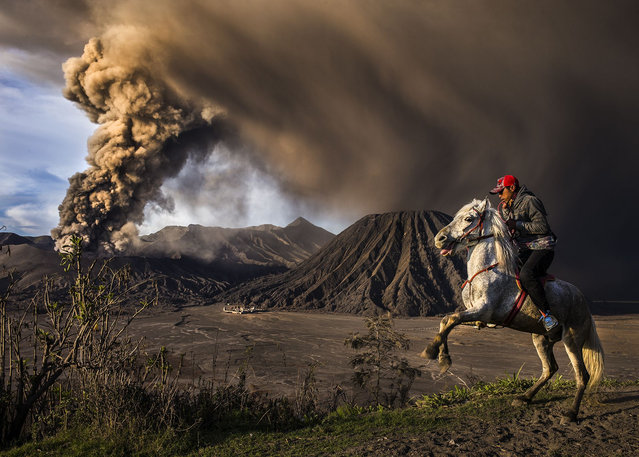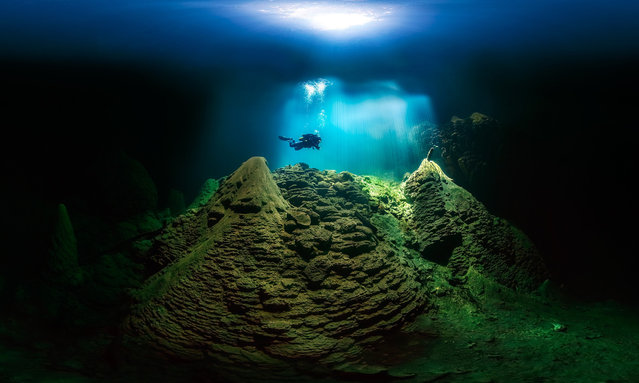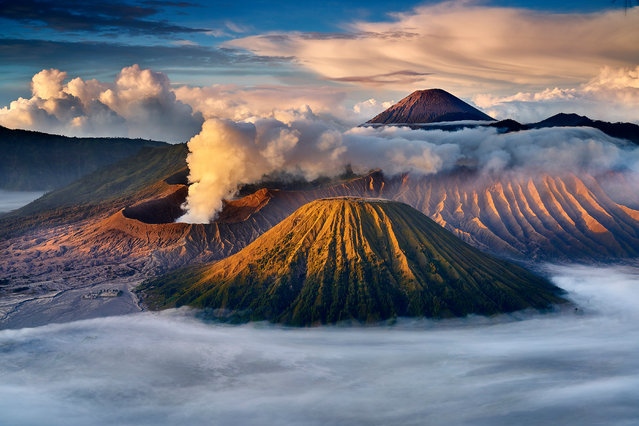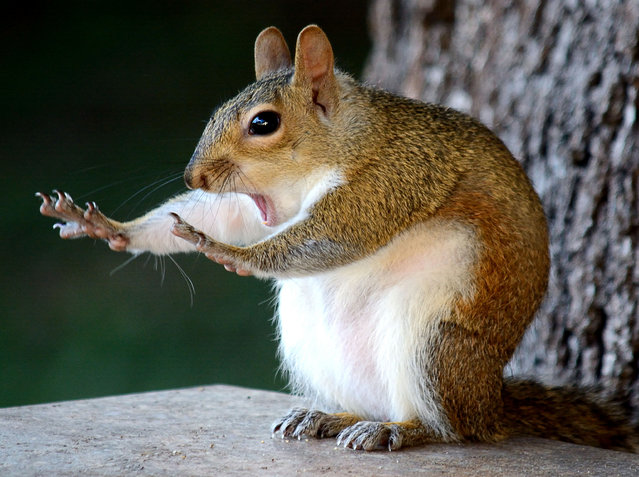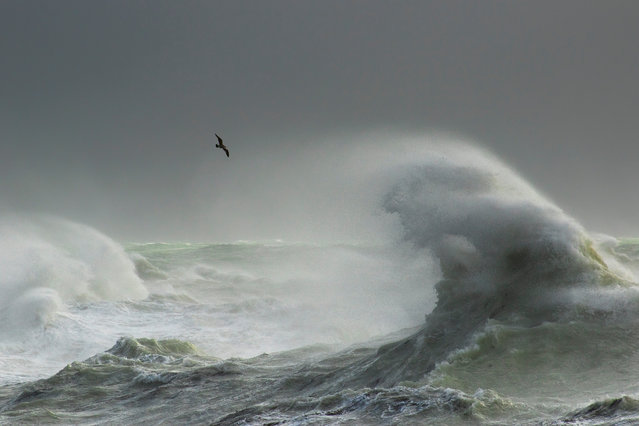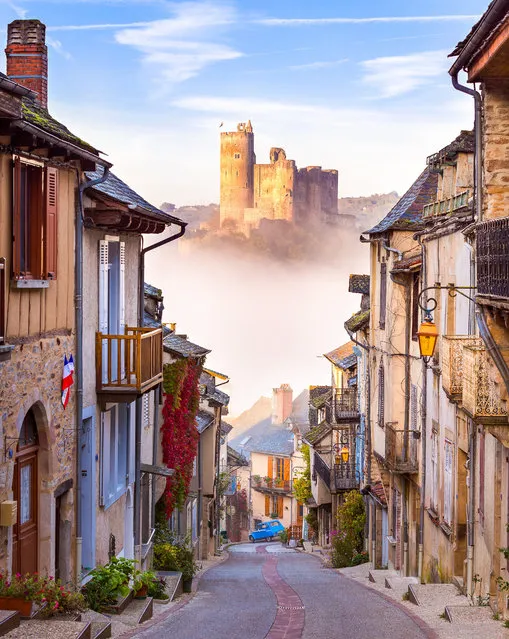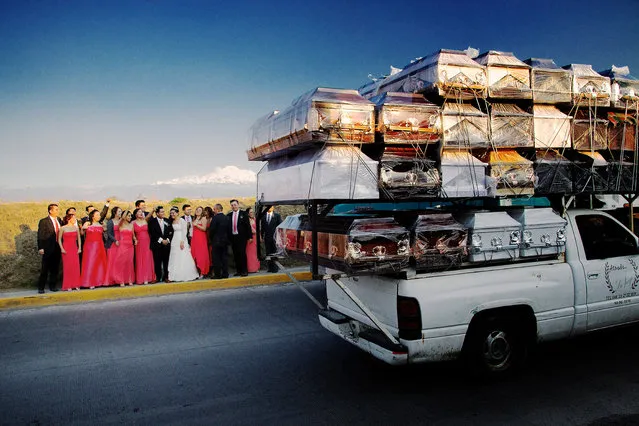
Blow-up unicorns, a pig on a pulley and chickens on the lam populate the polychrome pictures in this year’s LensCulture street photography awards. Here: Subida Al Cielo, by José Nieto. Finalist, single image. (Photo by José Nieto/LensCulture 2018 Street Photography Awards)
07 Jul 2018 00:03:00,post received
0 comments

